Refine listing
Actions for selected content:
2251 results in Cambridge Elements

Integrating Logics in the Governance of Emerging Technologies
- The Case of Nanotechnology
-
- Published online:
- 18 March 2021
- Print publication:
- 24 June 2021
-
- Element
- Export citation

Should You Stay Away from Strangers?
- Experiments on the Political Consequences of Intergroup Contact
-
- Published online:
- 13 March 2021
- Print publication:
- 01 April 2021
-
- Element
- Export citation

Emerging Patterns in Proterozoic Lipid Biomarker Records
-
- Published online:
- 01 March 2021
- Print publication:
- 25 March 2021
-
- Element
- Export citation
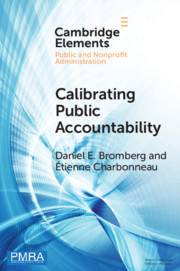
Calibrating Public Accountability
- The Fragile Relationship between Police Departments and Civilians in an Age of Video Surveillance
-
- Published online:
- 01 March 2021
- Print publication:
- 25 March 2021
-
- Element
- Export citation

A Framework for Addressing Violence and Serious Crime
- Focused Deterrence, Legitimacy, and Prevention
-
- Published online:
- 27 February 2021
- Print publication:
- 25 March 2021
-
- Element
- Export citation
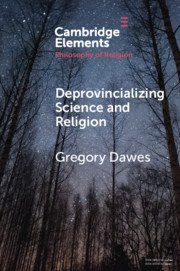
Deprovincializing Science and Religion
-
- Published online:
- 23 February 2021
- Print publication:
- 11 March 2021
-
- Element
- Export citation
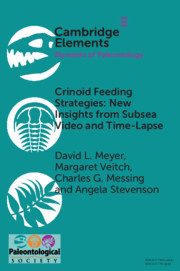
Crinoid Feeding Strategies: New Insights From Subsea Video And Time-Lapse
-
- Published online:
- 17 February 2021
- Print publication:
- 24 June 2021
-
- Element
- Export citation

Language Teacher Educator Identity
-
- Published online:
- 17 February 2021
- Print publication:
- 18 March 2021
-
- Element
- Export citation
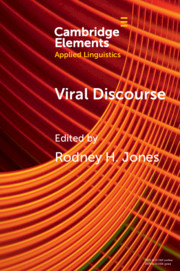
Viral Discourse
-
- Published online:
- 17 February 2021
- Print publication:
- 11 March 2021
-
- Element
- Export citation
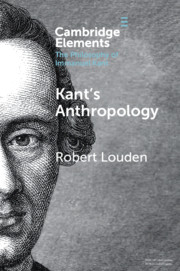
Anthropology from a Kantian Point of View
-
- Published online:
- 15 February 2021
- Print publication:
- 11 March 2021
-
- Element
- Export citation

Dr. Charles Burney and the Organ
-
- Published online:
- 13 February 2021
- Print publication:
- 11 March 2021
-
- Element
- Export citation

The Marks of a Maestro
- Annotating Mozart's ‘Jupiter' Symphony
-
- Published online:
- 13 February 2021
- Print publication:
- 11 March 2021
-
- Element
- Export citation
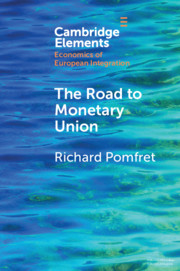
The Road to Monetary Union
-
- Published online:
- 12 February 2021
- Print publication:
- 11 March 2021
-
- Element
- Export citation
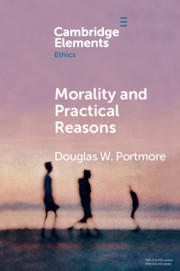
Morality and Practical Reasons
-
- Published online:
- 12 February 2021
- Print publication:
- 04 March 2021
-
- Element
- Export citation
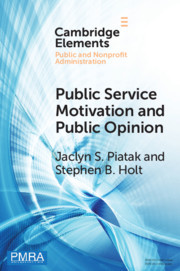
Public Service Motivation and Public Opinion
- Examining Antecedents and Attitudes
-
- Published online:
- 12 February 2021
- Print publication:
- 11 March 2021
-
- Element
- Export citation

Foundations of Quantum Mechanics
-
- Published online:
- 11 February 2021
- Print publication:
- 18 February 2021
-
- Element
- Export citation
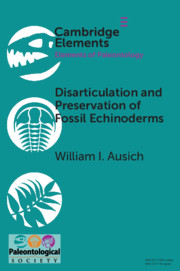
Disarticulation and Preservation of Fossil Echinoderms: Recognition of Ecological-Time Information in the Echinoderm Fossil Record
-
- Published online:
- 09 February 2021
- Print publication:
- 11 February 2021
-
- Element
- Export citation
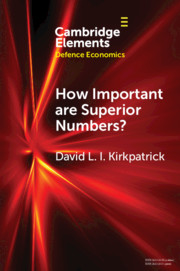
How Important are Superior Numbers?
- A Reappraisal of Lanchester's Square Law
-
- Published online:
- 06 February 2021
- Print publication:
- 04 March 2021
-
- Element
- Export citation

Baroque Music in Post-War Cinema
- Performance Practice and Musical Style
-
- Published online:
- 04 February 2021
- Print publication:
- 04 March 2021
-
- Element
- Export citation
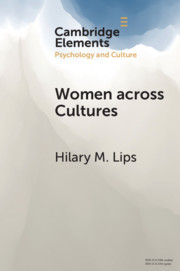
Women across Cultures
- Common Issues, Varied Experiences
-
- Published online:
- 02 February 2021
- Print publication:
- 25 February 2021
-
- Element
- Export citation
